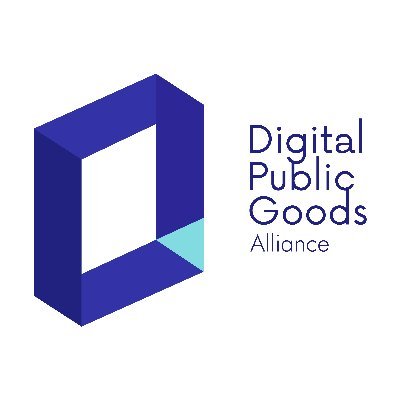The Demand Side of the Data Revolution: Lessons from the Government of Nepal
The post-2015 development agenda calls for a “Data Revolution,” asserting that a worldwide commitment to providing more high-quality, open data is the key to sustained global development.
We’re in.
At the same time, we want to make sure that the Revolution is truly revolutionary for the right actors – in particular, the governments who should ultimately direct development policy and practice in their countries. To do this right, we should think about two important questions:
How do governments actually use development data to inform decisions? How might this data be used more effectively?
With these questions in mind, Development Gateway, in partnership with DFID Nepal, conducted a detailed study of government data use in Nepal. Drawing on the perspectives of 60+ government officials, donor staff, CSO operatives, and academics, we tried to paint a picture of the government data “ecosystem” in Nepal. This post is the first in a three-part series that will relay the most important findings from this study. We aim to provide useful insight for both Government of Nepal (GoN) and the development data community at large.
Part 1: Data Users Inside the Government
Who Uses Data?
Like most governments, GoN collects a lot of data: district-level officers collect statistical and administrative data from every sector and report it upward; implementing government departments gather, clean, and aggregate this data; central line ministries then use the data to produce progress reports the National Planning Commission (NPC) and Ministry of Finance (MoF).
At every step of the process, officials use government data to inform planning discussions which result in budget proposals. Final project plans are approved by NPC, and MoF doles out budget for every ministry/department/district.
But interviews and a thorough document review indicate that the vast majority of government data products are tabular reports, incorporating limited analysis and few recommendations. So where does the analysis happen that informs resource allocation decisions?
According to most study respondents, this last-mile analysis doesn’t happen very often – at least formally. In other words, it’s difficult for them to “get from raw to final data.” Nearly every interviewee reported that limited data analysis capacity is their primary constraint to using data more often and/or more effectively for planning and decision-making.
So Who Wants to Do More Analysis?
Not everyone; for example, many senior ministry officials suggest that they have adequate capacity to meet their data collection and reporting needs. They see themselves as data “aggregators” and quality controllers, not users.
At the same time, most local and department-level staff expressed real demand for stronger analytical skills. These are the staff that create sector-wide indicator targets or allocate resources within a given district. And the decisions they make matter for a lot of people. District planning officers allocate budgets that, in some districts, rival the budget of an entire government ministry. While populations vary widely, many districts have hundreds of thousands of citizens. Moreover, most government officers have excellent ideas for how they would approach their work differently with better analytical capacity – but all report a lack of time, training and resources.
What Do We Do About It?
Carefully targeted capacity-building activities are the next important step toward enhancing effective use of data within GoN. It’s clear that government staff want more opportunities to boost analytical skills, and staff also report that improved analytical skills would lead to more effective decisions. Such training could take a number of forms, but government, donors and CSOs have an opportunity to meet this real demand.
We suggest that the local staff who lead the district development committees, as well as respective district sector offices (e.g. health and agriculture) should be targeted first. Information management staff at the department-level should be targeted next, followed by planning and M&E officers within each central line ministry.
Data production does not equal data use. And good results-based planning and budgeting only happen when people know how to work with data. As a community of “data revolutionaries,” we need to make sure that our focus on data is coupled with analytical support for the right people.
Share This Post
Related from our library

Beyond Kigali: Where Does Africa Go from Here with AI?
As governments, funders, entrepreneurs, and technology leaders rally around the AI moment and move towards actions, at Development Gateway, we are asking a different set of questions: Where is the data, and what is the quality of the data behind the algorithms? How will legacy government systems feed AI tools with fresh and usable data? Are Government ministries resourced to govern and trust the AI tools that they are being encouraged to adopt?

Stakeholder, Where Art Thou?: Three Insights on Using Governance Structures to Foster Stakeholder Engagement
Through our Tobacco Control Data Initiative (TCDI) program and its sister program Data on Youth and Tobacco in Africa (DaYTA), we have learned that creating governance structures, such as advisory boards or steering committees, is one approach to ensuring that digital solutions appropriately meet stakeholders’ needs and foster future stakeholder engagement. In this blog, we explore three insights on how governance structures can advance buy-in with individual stakeholders while connecting them to one another.

DG’s Open Contracting Portal Designated as a Digital Public Good
Digital Public Goods Alliance designated DG’s Open Contracting Portal as a digital public good in September 2022. The Portal provides procurement analytics that can be used to improve procurement efficiency and, in turn, reduce corruption and increase impact.